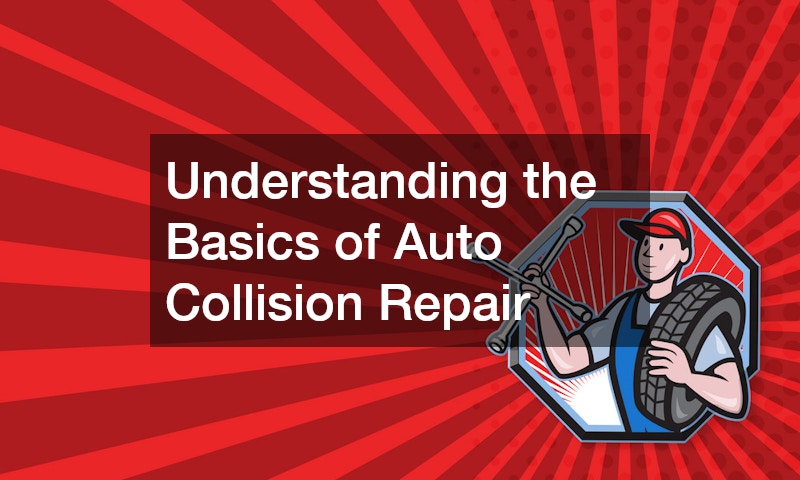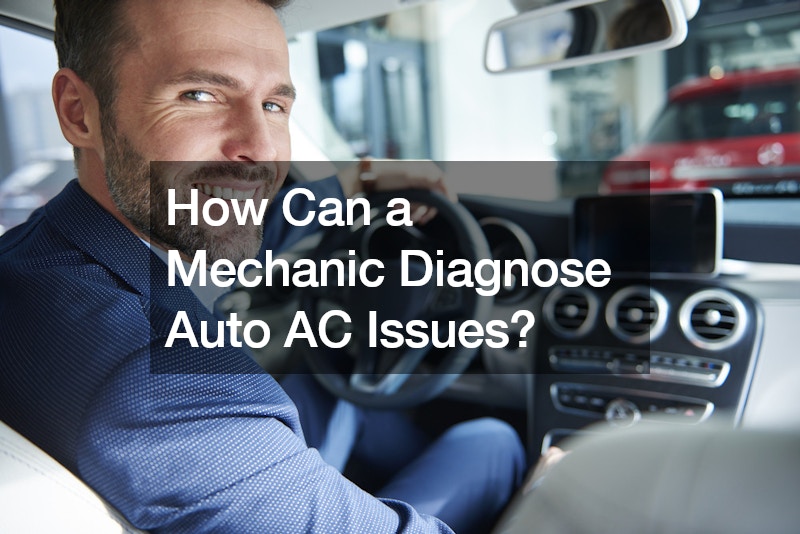
Understanding the Basics of Auto Collision Repair

Auto collision repair is an essential service for restoring vehicles after accidents. Its importance cannot be underestimated, as it ensures the safety and functionality of the vehicle. Vehicle owners must understand the various aspects of collision repair, from damage assessment to choosing the right repair shop.
The process of auto collision repair goes beyond merely fixing visible damages. It involves a series of steps that ensure that the vehicle’s performance and aesthetics are restored to pre-accident conditions. Knowledge about these steps helps vehicle owners make informed decisions after an accident.
1. What are the Steps Involved in Auto Collision Repair?
1.1. Initial Assessment and Estimation
The first step in auto collision repair is the initial assessment of the damage. Repair shops conduct a thorough evaluation to identify both visible and hidden damages. This assessment often involves using advanced tools and technology for precision.
Following the assessment, repair shops provide detailed cost estimates. These estimates cover parts, labor, and other expenses necessary for full restoration. Insurance companies play a vital role by covering some or all of these costs, depending on the policy.
1.2. Structural and Mechanical Repairs
Once the assessment is complete, the focus shifts to structural and mechanical repairs. This step is crucial because it involves restoring the vehicle’s core framework and mechanical systems. Any compromise in this area can affect the vehicle’s safety and performance.
Structural repairs might involve realigning the chassis or replacing damaged sections. Similarly, mechanical repairs could range from fixing the engine to addressing issues with the suspension system. Expert technicians ensure that these repairs meet industry standards and specifications.
1.3. Surface Repairs and Painting
Surface repairs focus on restoring the vehicle’s exterior to its original condition. This includes fixing dents, scratches, and other body damage. The goal is to make the vehicle look as it did before the accident.
After addressing the structural and mechanical aspects, a fresh coat of paint is applied. Modern collision repair shops use advanced painting techniques and high-quality paint to match the original color. This step not only improves aesthetics but also protects the vehicle from elements and corrosion.
2. How to Choose the Right Auto Collision Repair Shop?
2.1. Certification and Credentials
Choosing a repair shop with proper certification and credentials is paramount. These credentials signify that the shop meets industry standards and has trained professionals. It’s an assurance of quality service and expertise in handling repairs.
Repair shops that bear certifications from recognized organizations often follow rigorous operational procedures. This means that customers receive consistent, high-quality repairs, regardless of the vehicle model or damage severity. Verifying these credentials beforehand is an essential step for vehicle owners.
2.2. Reputation and Reviews
The reputation of a repair shop is a vital consideration for vehicle owners. A shop with positive reviews and recommendations suggests a reliable and trustworthy service. Customers should read online reviews and seek testimonials before making a decision.
Word-of-mouth referrals from friends and family can provide additional insight into the shop’s service quality. Repeat customers and long-standing relationships with clients often indicate that the shop consistently meets customer expectations. Building a good reputation is critical in the auto repair industry.
2.3. Warranty and Service Guarantees
Warranties and service guarantees are essential considerations in collision repair. They ensure that if any issues arise post-repair, they can be addressed without additional costs. This added layer of security can significantly affect customer satisfaction.
Repair shops that offer warranties demonstrate confidence in their work. It reflects their commitment to quality and customer service. Vehicle owners should inquire about the warranty terms and conditions to fully understand their coverage.
Auto collision repair involves several critical steps, from initial assessment to choosing the right repair shop. Understanding each step ensures vehicle owners are well-prepared to manage repairs effectively. Making informed decisions can safeguard both the safety and value of the vehicle.
Selecting the right repair shop involves evaluating certifications, reputation, and warranty offerings. Each of these factors plays a vital role in ensuring quality and satisfaction. Taking the time to research and select a reliable service provider is an investment in the vehicle’s longevity.
In summary, informed decisions in auto collision repair contribute to both vehicle safety and aesthetic restoration. By understanding the repair process and the factors influencing shop choice, vehicle owners can navigate repairs with confidence. This ultimately leads to better outcomes and peace of mind.
.



